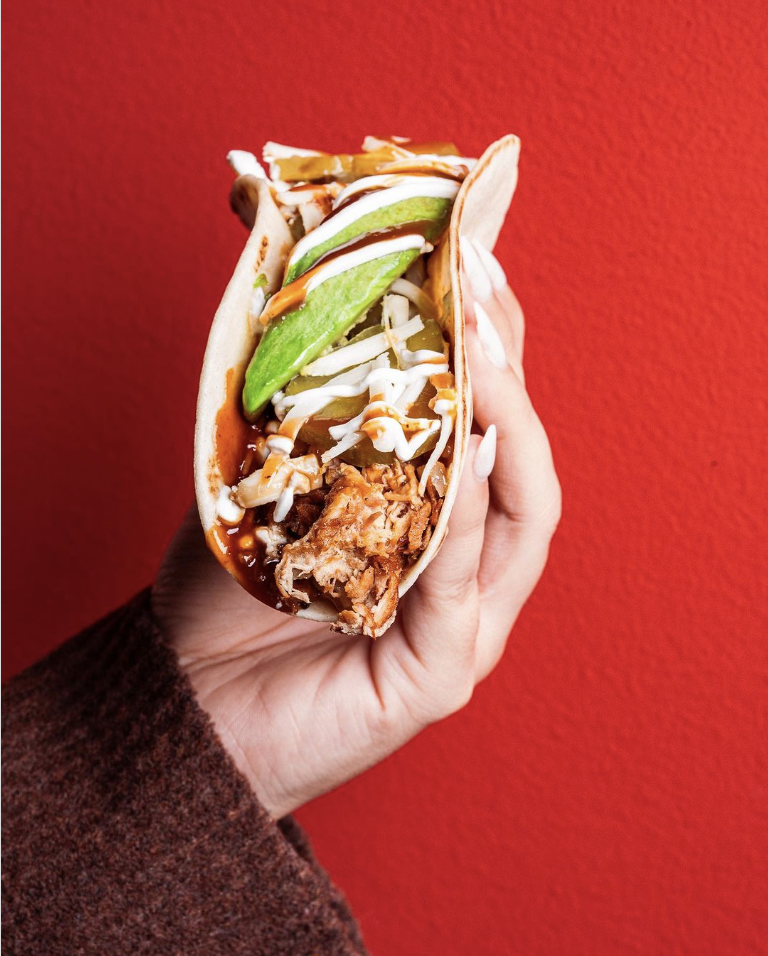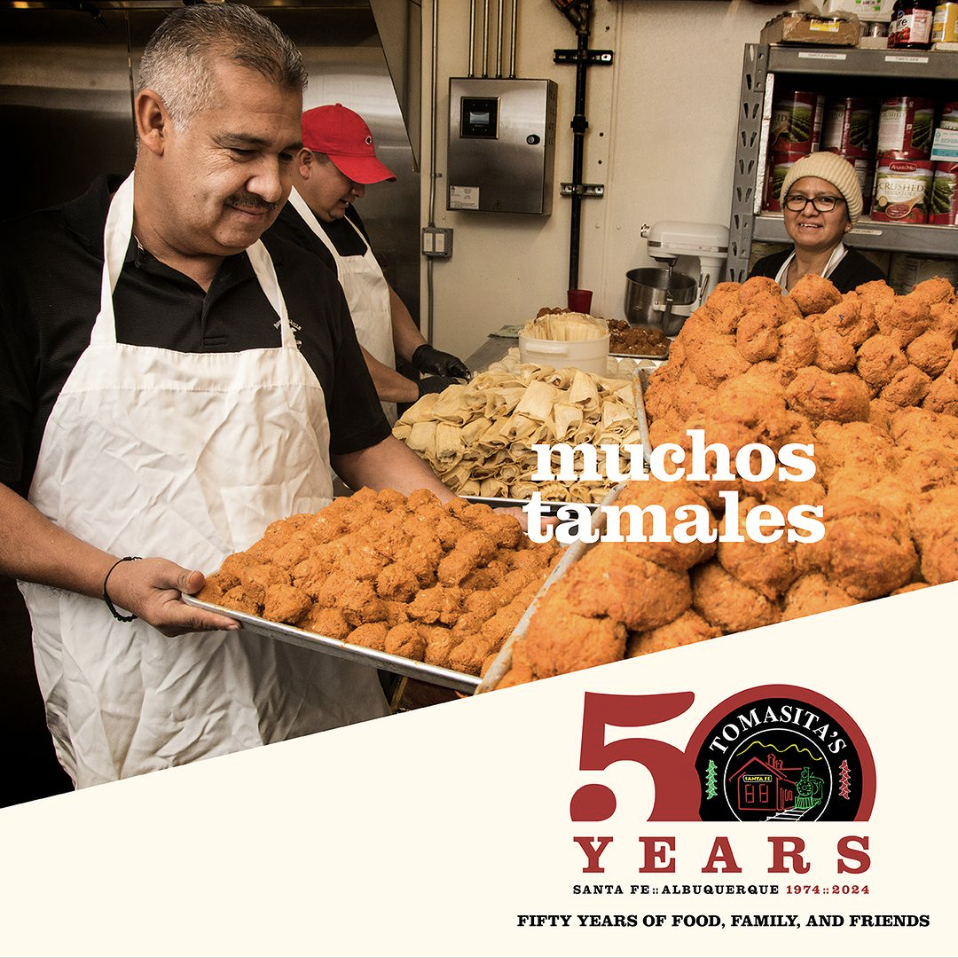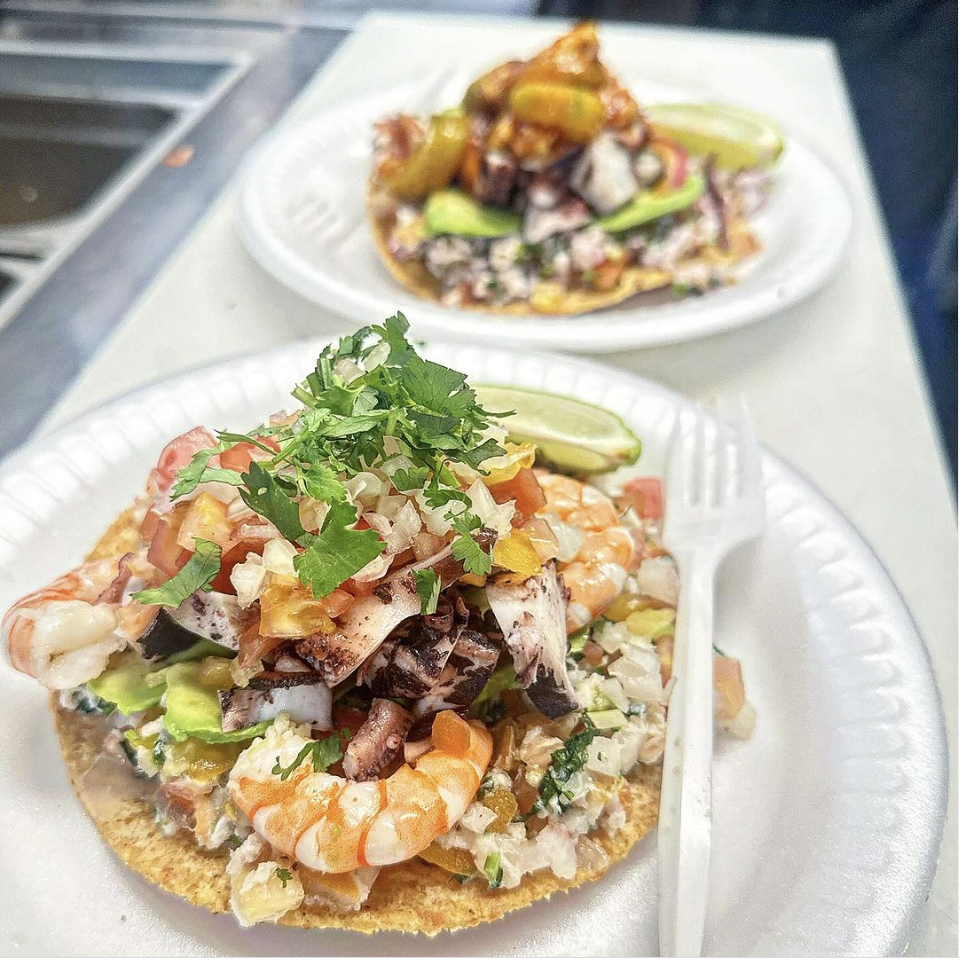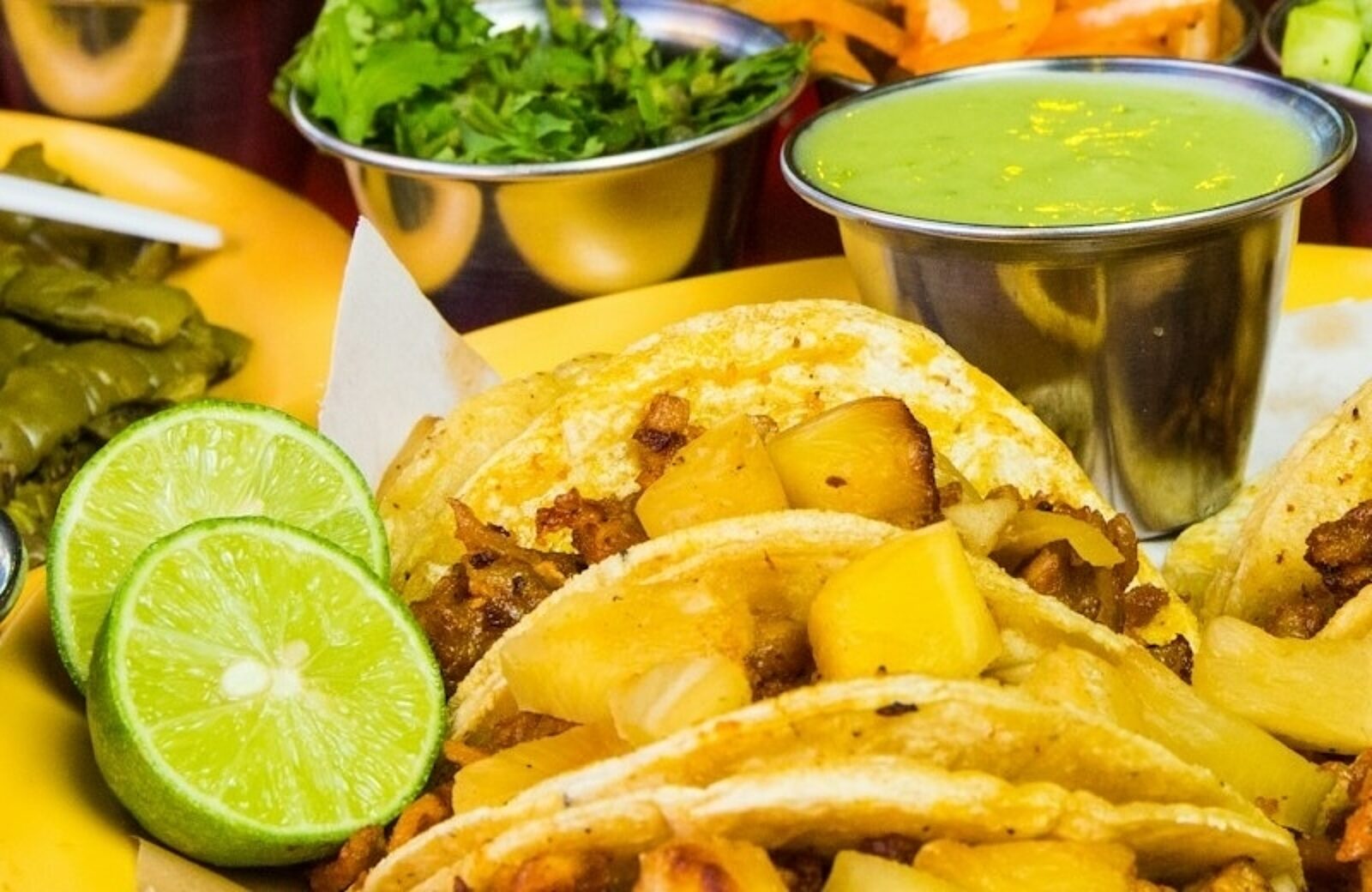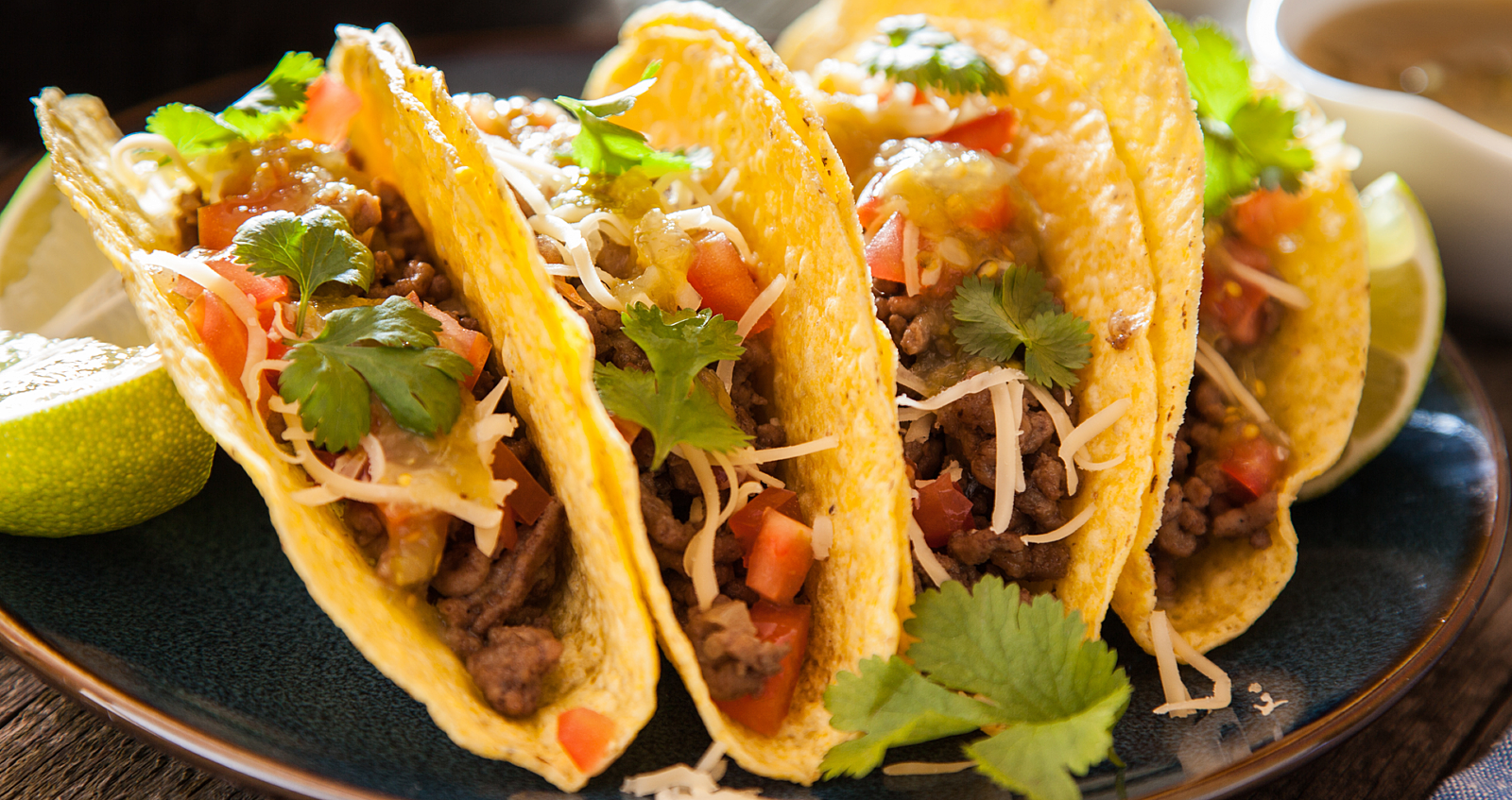
How Much Does a Mexican Restaurant Make?
Learn how to optimize your Mexican restaurant’s revenue and improve profit margins.
Aislinn CokerAuthor
A Mexican restaurant's revenue can vary widely depending on factors such as location, menu pricing, and customer base. On average, a Mexican restaurant can earn between $60,000 and $200,000 per month, with highly successful establishments in prime locations potentially exceeding this range. According to data gathered by Toast from industry sources, a well-managed Mexican restaurant in a bustling area can rival the revenue of a typical full-service restaurant, which averages $111,860.70 per month.
To maximize your Mexican restaurant’s revenue and ensure long-term growth and viability, it's crucial to optimize key aspects of your business. This includes offering a diverse and appealing menu, providing excellent customer service, and maintaining efficient operations. Additionally, strategic marketing, regular menu updates, and an inviting atmosphere can help attract and retain customers, ultimately driving higher sales and profitability.
Revenue and Profit Margins for Different Types of Mexican Restaurants
Whether you plan to open one restaurant or many, when researching the revenue potential of a Mexican restaurant, it's important to recognize that the income can vary significantly based on the type of food establishment, location, and operational model. Here’s a breakdown of revenue and profit margins based on types of Mexican restaurants:
Monthly Revenue
Fast Casual Mexican Restaurants
Monthly Revenue: $50,000 to $150,000
Fast casual Mexican restaurants that offer quick service with higher quality ingredients. These establishments typically generate substantial revenue due to their fast turnover and appeal to a broad customer base.
What started as a food trailer in Austin, TX, Torchy’s Tacos has expanded to more than 90 locations, boasting their slogan of “Damn Good” tacos.
Casual Dining Mexican Restaurants
Monthly Revenue: $80,000 to $250,000
Casual dining Mexican restaurants, such as family-owned taquerias or chains, offer a sit-down dining experience with a more extensive menu. These restaurants often have higher ticket sizes and, when located in busy areas, can achieve significant revenue.
Since 1974, family-owned and operated Tomasita’s has grown into a beloved Santa Fe landmark, serving traditional recipes and authentic Northern New Mexican cuisine.
Fine Dining Mexican Restaurants
Monthly Revenue: $100,000 to $400,000+
Fine-dining Mexican restaurants, like upscale establishments that focus on gourmet dishes and an elevated dining experience, can command higher prices and attract affluent customers. In high-demand urban areas, these restaurants can reach top-tier revenue levels.
New York City’s Cosme is a cherished destination, serving contemporary cuisine rooted in Mexican flavors and traditions while celebrating local and seasonal ingredients.
Food Trucks & Small Street Vendors
Monthly Revenue: $10,000 to $50,000
Smaller Mexican food businesses like taco trucks or street vendors have lower overhead costs and typically cater to on-the-go customers. While their revenue might be lower compared to brick-and-mortar restaurants, they can still be quite profitable due to their streamlined operations.
Growing a loyal and devoted following since 2001, Mariscos Jalisco Mexican food truck offers some of the freshest seafood food you’ll find in Los Angeles. Their Poseidon tostadas topped with shrimp ceviche, octopus and a fiery red aguachile are legendary.
Restaurant Cost Control Guide
Use this guide to learn more about your restaurant costs, how to track them, and steps you can take to help maximize your profitability.

Profit Margins
The profit margins for Mexican restaurants vary depending on the type of restaurant, operational efficiency, and cost management. Here's a breakdown:
Fast Casual Mexican Restaurants
Profit Margin: 15% to 25%
Due to efficient operations and higher customer volume, fast casual restaurants often enjoy robust profit margins.
Casual Dining Mexican Restaurants
Profit Margin: 10% to 20%
These restaurants may have higher overhead costs due to staffing and dining space, which can slightly reduce profit margins.
Fine Dining Mexican Restaurants
Profit Margin: 5% to 15%
The cost of high-quality ingredients, specialized chefs, and upscale decor can lead to lower profit margins, though the higher revenue per customer helps maintain profitability.
Food Trucks & Small Street Vendors
Profit Margin: 20% to 35%
These businesses often have lower operating costs, resulting in higher profit margins. Their revenue may be lower, but the lean operation model keeps profitability strong.
Overall, profit margins in the restaurant industry typically range from 5% to 20%, but efficient operations, cost control, and smart pricing strategies can significantly impact a restaurant's profitability.
Are Mexican Restaurants Profitable?
Yes, Mexican restaurants can be profitable, but the level of profitability varies based on the type of establishment, location, and management practices. The profitability of a Mexican restaurant largely depends on the ability to manage costs, attract a steady stream of customers, and maintain consistent quality.
Fast Casual and Casual Dining Mexican Restaurants: These are generally more profitable due to their balanced approach to pricing, customer volume, and operational efficiency. They tend to have stable revenue streams and decent profit margins, making them a solid investment.
Fine Dining Mexican Restaurants: While these can be profitable, they operate on thinner margins due to higher costs associated with premium ingredients, skilled labor, and upscale ambiance. Success in this segment often requires a strong brand, excellent customer service, and a prime location.
Food Trucks & Small Street Vendors: These businesses can be highly profitable due to their low overhead costs and flexible operations. However, their revenue potential is typically lower compared to brick-and-mortar establishments, which means profit depends heavily on maintaining high sales volume.
Before moving on to build his next culinary adventure in Kyoto, Japan, Guerilla Tacos’ owner, Chef Wes Avila shared with Eater LA, “In August 2012, I started Guerrilla Tacos out of necessity. I only had $167 and rent to pay. Now, 8 years later it has taken on a life of its own. Guerrilla Tacos started as a cart, with just me and my Wife Tanya. Over the years, growing Guerrilla Tacos has been a labor of love.”
Restaurant Opening Calculator
This calculator lays out some of the fundamental financial costs of opening a restaurant, so you can start planning and bring your dream restaurant to life.

Optimizing Costs to Improve Margins
To improve profitability, Mexican restaurant owners can focus on these five key areas to optimize costs:
1. Food Costs
Portion Control: Ensure consistent portion sizes to reduce waste and manage food costs effectively.
Supplier Relationships: Negotiate better deals with suppliers or consider bulk purchasing for discounts on staple ingredients.
- Menu Engineering: Focus on high-margin items and remove or adjust pricing on low-margin dishes. Highlighting popular, profitable items can increase overall profitability.
2. Labor Costs
- Efficient Scheduling:Optimize staff schedules to match peak business hours and avoid overstaffing during slow periods.
- Cross-Training Employees: Train staff to handle multiple roles, which can reduce the need for a larger workforce and improve operational flexibility.
- Technology Integration: Utilize restaurant management software to streamline operations, reduce manual errors, and improve efficiency.
3. Overhead Costs
- Energy Efficiency: Implement energy-saving measures such as LED lighting, efficient kitchen equipment, and smart thermostats to reduce utility bills.
- Lease Negotiations: If possible, negotiate favorable lease terms, including rent reductions or performance-based rent agreements.
- Marketing ROI: Focus marketing efforts on channels that provide the highest return on investment, such as social media or loyalty programs, to reduce wasteful spending on ineffective advertising.
4. Inventory Management
- Just-In-Time Ordering:Order inventory based on actual demand to minimize waste and reduce the risk of spoilage.
- Regular Audits: Conduct regular inventory audits to prevent theft, avoid overstocking, and ensure that resources are being used efficiently.
5. Menu Design and Pricing
Dynamic Pricing: Adjust prices based on ingredient costs and customer demand to maintain profitability even when costs fluctuate.
Specials and Promotions: Offer time-limited specials that use lower-cost ingredients to boost sales and margins during slower periods.
By focusing on these areas, Mexican restaurant owners can optimize their operations, reduce unnecessary costs, and ultimately improve their profit margins.
Strategies to Improve Revenue and Growth for Your Mexican Restaurant
Growing the revenue of your Mexican restaurant requires a combination of effective marketing, operational efficiency, and customer-centric strategies. Below are key methods to boost revenue and drive sustainable growth:
Improve Marketing Effectiveness
Effective marketing is crucial for attracting new customers and retaining existing ones. Here are some strategies to enhance your marketing efforts:
Leverage Social Media: Utilize platforms like Instagram, Facebook, and TikTok to showcase your dishes, share customer testimonials, and promote special events. Engaging with customers online helps build a loyal community and drives foot traffic.
Local SEO Optimization: Ensure your restaurant is easily found online by optimizing your website and Google My Business listing for local search. Encourage satisfied customers to leave positive reviews, which can enhance your visibility in local search results.
Promotions and Loyalty Programs: Implement loyalty programs that reward repeat customers, such as offering a free meal after a certain number of visits. Seasonal promotions or limited-time offers can also create urgency and attract new customers.
Collaborations and Partnerships: Partner with local businesses, food bloggers, or influencers to reach a broader audience. Hosting joint events or offering exclusive discounts through these collaborations can bring in new customers and increase brand awareness.
Productivity and Efficiency Gains with Technology
Investing in technology can streamline operations, reduce costs, and improve customer experience, all of which contribute to revenue growth:
Point-of-Sale (POS) Systems: A modern POS system can help you track sales, manage inventory, and analyze customer preferences. This data-driven approach allows you to make informed decisions that boost efficiency and profitability.
Online Ordering and Delivery: Integrate an online ordering system with your website or through third-party delivery apps. This expands your reach and provides a convenient option for customers, increasing sales beyond in-house dining.
Automated Marketing Tools: Use automated email marketing and customer relationship management (CRM) tools to send personalized offers, reminders, and promotions to your customers. This targeted approach can increase customer engagement and encourage repeat visits.
Kitchen Display Systems (KDS): Implementing a KDS can streamline kitchen operations by ensuring orders are clearly communicated and efficiently managed. This reduces errors and speeds up service, leading to higher customer satisfaction and repeat business.
Increase Average Order Value (AOV)
Boosting the average order value involves encouraging customers to spend more during each visit. Here’s how:
Upselling and Cross-Selling: Train your staff to suggest complementary items, such as appetizers, desserts, or specialty drinks. Highlighting these options can entice customers to add more to their order.
Bundle Deals: Create combo meals or family-style dining options that offer value for money while increasing the overall ticket size. For example, offering a taco platter with drinks and sides at a slight discount encourages larger purchases.
Premium Offerings: Introduce higher-margin items like specialty cocktails, premium tequila flights, or gourmet dishes that offer unique flavors or ingredients. These items not only enhance the dining experience but also contribute to higher revenue per customer.
Menu Engineering: Design your menu to highlight high-margin items by placing them in prominent positions or using visual cues like icons or boxes. This subtly guides customers towards more profitable choices.
Increase Customer Visit Frequency
Encouraging customers to visit more often is key to driving consistent revenue. Consider the following strategies:
Loyalty Programs: Implement a tiered loyalty program where frequent customers earn rewards faster. This incentivizes them to return more often to unlock exclusive perks, such as discounts, free items, or VIP experiences.
Seasonal and Themed Events: Host events like Taco Tuesdays, Margarita Mondays, or cultural celebrations tied to Mexican holidays. Regularly scheduled events give customers a reason to visit your restaurant more frequently.
Email and SMS Campaigns: Send targeted emails or SMS messages with personalized offers, such as discounts on a customer’s favorite dish or a special promotion on their birthday. Personalized communication makes customers feel valued and encourages repeat visits.
Community Engagement: Get involved in local events, sponsor community activities, or participate in food festivals. Being an active part of the community increases brand recognition and encourages locals to choose your restaurant regularly.
Final Thoughts
By implementing these strategies, your Mexican restaurant can experience sustained revenue growth, improved profitability, and long-term success in a competitive market. Enhancing your marketing, leveraging technology to improve efficiency, increasing average order values with premium products, and encouraging repeat visits through community engagement and loyalty programs can significantly boost your revenue and ensure long-term success. Balancing innovation with a deep understanding of your customers' preferences will help your restaurant stand out and prosper.
Is this article helpful?
DISCLAIMER: This information is provided for general informational purposes only, and publication does not constitute an endorsement. Toast does not warrant the accuracy or completeness of any information, text, graphics, links, or other items contained within this content. Toast does not guarantee you will achieve any specific results if you follow any advice herein. It may be advisable for you to consult with a professional such as a lawyer, accountant, or business advisor for advice specific to your situation.
Read More
Subscribe to On the Line
Sign up to get industry intel, advice, tools, and honest takes from real people tackling their restaurants’ greatest challenges.
